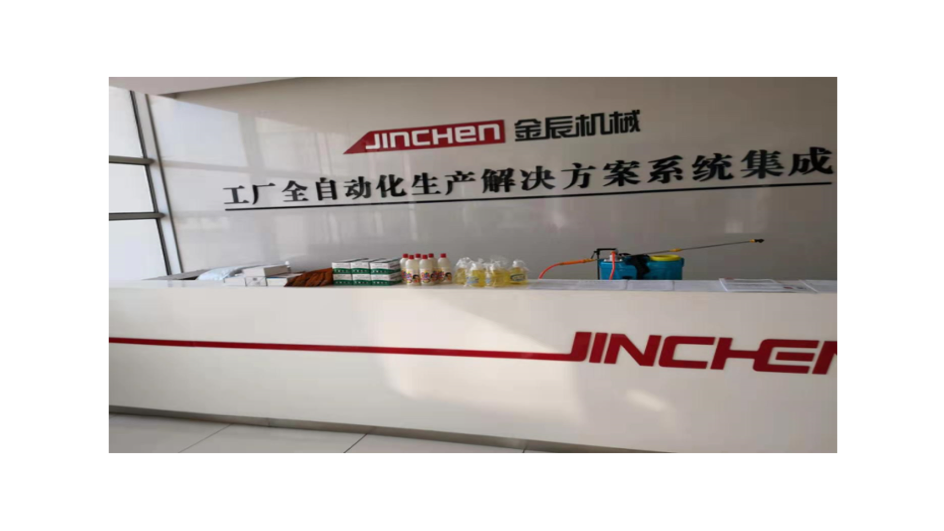- Yingkou Jinchen has plans to invest RMB 285 million for 40 sets of HJT high efficiency PECVD equipment
- It will build this production capacity over next 2 years and when fully operational it is likely to generate RMB 600 million as average annual sales
- Jinchen has high hopes from HJT technology as it believes strengthening its know-how here will help Chinese downstream players reduce their dependence on imports
Chinese solar module production equipment producer Yingkou Jinchen Machinery Co., Ltd. has announced it aims to invest RMB 285 million ($40 million) to build 40 sets of heterojunction (HJT) high efficiency PECVD equipment. The proceeds should come from RMB 380 million ($53 million) it plans to raise from non-public offering of shares.
The 40 HJT equipment sets are planned to be built over a period of 2 years. Once it is fully operational, the management expects the investment to generate average annual sales of about RMB 600 million ($84 million) and an internal rate of return of about 30.88%, reported PV Men.
Jinchen believes this investment in HJT production equipment will help it nail the key technology know-how which it can pass onto cell manufacturers and thereby help them reduce their dependence on foreign imports.
In 2019, Jinchen reported an annual increase of around 14% in its yearly revenues of RMB 862 million ($120 million) YoY. Over recent years the company has expanded its portfolio from PV module manufacturing equipment to producing cell equipment as well. Last year, it launched 2 subsidiaries Chenjin Smart and Tuosheng Smart specializing in the development and design of high-speed screen printing machines and TOPCon high-efficiency cell PECVD equipment.
Jinchen management said it chooses to invest in ‘more mature’ HJT cell production equipment technology due to its highest input cost and wider market space.
“A preliminary estimate of 1 GW PV module investment in 2019 was RMB 100 million ($14 million). In the field of cell equipment, 1 GW investment needs about RMB 400 million ($56 million). PERC technology investment is RMB 300 million ($42 million), PERC+TopCon investment is RMB 400 million, and the HJT technology investment is as high as RMB 600 million to RMB 750 million ($84 million to $105 million),” said Jinchen Chairman Li Yisheng. “It is expected that as the production capacity advances, the future investment will be maintained between RMB 550 million to RMB 600 million ($77 million to $84 million). Indeed the market space is too broad.”
A TaiyangNews report explores HJT technology’s potential for solar cell and module manufacturing. The Heterojunction Solar Technology 2019 Report can be downloaded for free from the website.












